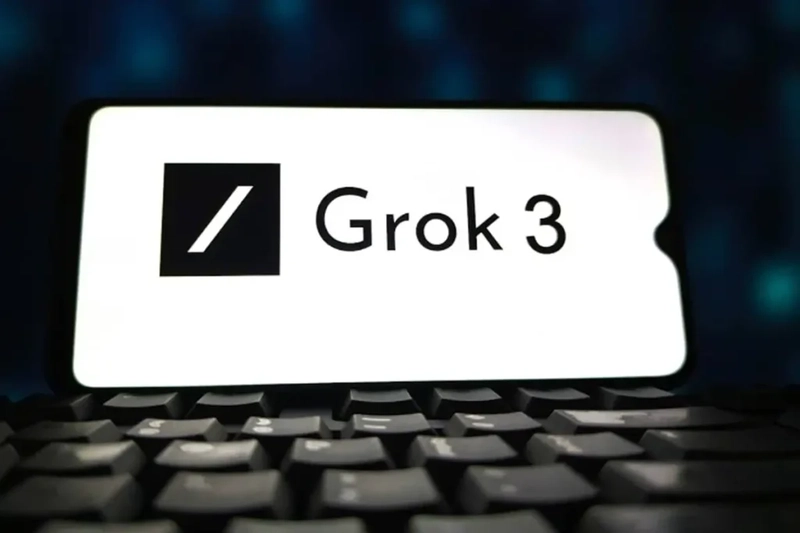Authentication Methods: Ensuring Safe and Secure Access
Understanding Authentication Methods: Key Approaches to Digital Security Authentication is the process of verifying the identity of a user, device, or system, and it is a fundamental component of modern cybersecurity. With the rise in cyber threats and data breaches, it’s crucial for organizations and individuals to adopt strong authentication methods to safeguard sensitive information. This article will explore various authentication techniques, their advantages, and how they contribute to securing digital assets. Password-Based Authentication Password-based authentication is the most traditional and widely used method. In this approach, users must enter a unique password to verify their identity. While this method is simple and familiar, it has several limitations. Weak or reused passwords can be easily exploited by hackers, and managing complex passwords across multiple accounts can be cumbersome. Challenges: Weak passwords: Users often choose easily guessable passwords, such as "123456" or "password123," making them vulnerable to brute-force attacks. Phishing: Cybercriminals may trick users into revealing their passwords through deceptive emails or websites. Best Practices: Use strong, unique passwords for each account. Enable password managers to generate and store complex passwords securely. Multi-Factor Authentication (MFA) Multi-factor authentication (MFA) adds an extra layer of security by requiring users to provide two or more verification factors. Typically, MFA combines something the user knows (like a password) with something they have (such as a smartphone or hardware token) or something they are (like biometric data). Types of MFA: SMS-based MFA: A one-time passcode is sent via text message to the user’s phone. Authenticator apps: Applications like Google Authenticator or Authy generate time-sensitive codes to verify identity. Hardware tokens: Devices like YubiKey generate unique codes when plugged into a USB port or connected via NFC. Biometrics: Facial recognition or fingerprint scanning can be combined with other factors for added security. MFA significantly reduces the risk of unauthorized access, even if a password is compromised. However, it is not foolproof. For example, SIM swapping attacks can bypass SMS-based authentication, and phishing can target users who rely on authentication apps. Biometric Authentication Biometric authentication leverages unique physical characteristics of users, such as fingerprints, facial recognition, or iris scans, to verify their identity. This method is increasingly popular in smartphones and secure systems due to its ease of use and accuracy. Types of Biometric Authentication: Fingerprint scanning: Uses unique patterns in a person’s fingerprint. Facial recognition: Analyzes facial features for identity verification. Iris scanning: Examines the unique patterns in the colored part of the eye. Advantages: Convenience: Biometrics are generally fast and easy for users, as they don’t need to remember passwords. Hard to replicate: It’s extremely difficult to forge biometric data compared to passwords. Challenges: Privacy concerns: Biometric data is sensitive and could be misused if hacked. False positives/negatives: While accurate, biometric systems are not infallible and can sometimes fail to recognize legitimate users. Behavioral Authentication Behavioral authentication is an emerging technique that analyzes a user’s behavior to determine whether the actions are consistent with previous interactions. This can include analyzing typing patterns, mouse movements, or even how a user interacts with a device. Advantages: Passive: Users don’t need to do anything extra for authentication. Adaptive: The system learns and evolves over time, enhancing security as it gets more data. Challenges: False positives/negatives: Sudden changes in behavior (e.g., stress or illness) could lead to incorrect authentication decisions. Certificate-Based Authentication Certificate-based authentication uses digital certificates (such as SSL/TLS certificates) to verify the identity of a user or device. The user’s private key is used to sign a message, and the public key verifies the signature. Advantages: Strong security: It uses public-key cryptography, which is very difficult to compromise. No need to remember passwords: Users rely on certificates rather than passwords. Challenges: Management complexity: Issuing, revoking, and renewing certificates can be complex and require careful management. Conclusion Authentication is the first line of defense in protecting digital assets, and as technology advances, so do the methods available for ensuring secure access. While no single method is entirely foolproof, combining multiple approaches, such as passwords with multi-factor authentication or biometrics, can greatly enhance security. By adopting best practices and staying informed about evolving threats, organizations and individuals can be
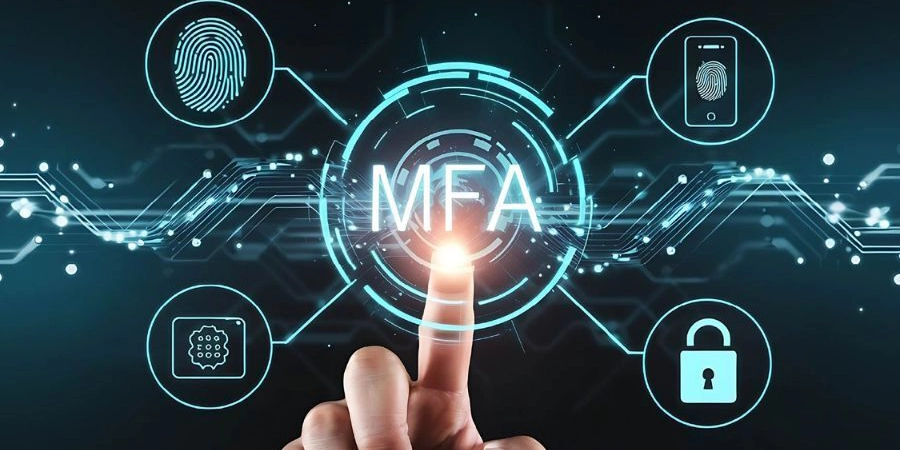
Understanding Authentication Methods: Key Approaches to Digital Security
Authentication is the process of verifying the identity of a user, device, or system, and it is a fundamental component of modern cybersecurity. With the rise in cyber threats and data breaches, it’s crucial for organizations and individuals to adopt strong authentication methods to safeguard sensitive information. This article will explore various authentication techniques, their advantages, and how they contribute to securing digital assets.
- Password-Based Authentication Password-based authentication is the most traditional and widely used method. In this approach, users must enter a unique password to verify their identity. While this method is simple and familiar, it has several limitations. Weak or reused passwords can be easily exploited by hackers, and managing complex passwords across multiple accounts can be cumbersome.
Challenges:
Weak passwords: Users often choose easily guessable passwords, such as "123456" or "password123," making them vulnerable to brute-force attacks.
Phishing: Cybercriminals may trick users into revealing their passwords through deceptive emails or websites.
Best Practices:
Use strong, unique passwords for each account.
Enable password managers to generate and store complex passwords securely.
- Multi-Factor Authentication (MFA) Multi-factor authentication (MFA) adds an extra layer of security by requiring users to provide two or more verification factors. Typically, MFA combines something the user knows (like a password) with something they have (such as a smartphone or hardware token) or something they are (like biometric data).
Types of MFA:
SMS-based MFA: A one-time passcode is sent via text message to the user’s phone.
Authenticator apps: Applications like Google Authenticator or Authy generate time-sensitive codes to verify identity.
Hardware tokens: Devices like YubiKey generate unique codes when plugged into a USB port or connected via NFC.
Biometrics: Facial recognition or fingerprint scanning can be combined with other factors for added security.
MFA significantly reduces the risk of unauthorized access, even if a password is compromised. However, it is not foolproof. For example, SIM swapping attacks can bypass SMS-based authentication, and phishing can target users who rely on authentication apps.
- Biometric Authentication Biometric authentication leverages unique physical characteristics of users, such as fingerprints, facial recognition, or iris scans, to verify their identity. This method is increasingly popular in smartphones and secure systems due to its ease of use and accuracy.
Types of Biometric Authentication:
Fingerprint scanning: Uses unique patterns in a person’s fingerprint.
Facial recognition: Analyzes facial features for identity verification.
Iris scanning: Examines the unique patterns in the colored part of the eye.
Advantages:
Convenience: Biometrics are generally fast and easy for users, as they don’t need to remember passwords.
Hard to replicate: It’s extremely difficult to forge biometric data compared to passwords.
Challenges:
Privacy concerns: Biometric data is sensitive and could be misused if hacked.
False positives/negatives: While accurate, biometric systems are not infallible and can sometimes fail to recognize legitimate users.
- Behavioral Authentication Behavioral authentication is an emerging technique that analyzes a user’s behavior to determine whether the actions are consistent with previous interactions. This can include analyzing typing patterns, mouse movements, or even how a user interacts with a device.
Advantages:
Passive: Users don’t need to do anything extra for authentication.
Adaptive: The system learns and evolves over time, enhancing security as it gets more data.
Challenges:
False positives/negatives: Sudden changes in behavior (e.g., stress or illness) could lead to incorrect authentication decisions.
- Certificate-Based Authentication Certificate-based authentication uses digital certificates (such as SSL/TLS certificates) to verify the identity of a user or device. The user’s private key is used to sign a message, and the public key verifies the signature.
Advantages:
Strong security: It uses public-key cryptography, which is very difficult to compromise.
No need to remember passwords: Users rely on certificates rather than passwords.
Challenges:
Management complexity: Issuing, revoking, and renewing certificates can be complex and require careful management.
Conclusion
Authentication is the first line of defense in protecting digital assets, and as technology advances, so do the methods available for ensuring secure access. While no single method is entirely foolproof, combining multiple approaches, such as passwords with multi-factor authentication or biometrics, can greatly enhance security. By adopting best practices and staying informed about evolving threats, organizations and individuals can better protect themselves from unauthorized access and data breaches. The key is to choose the right authentication methods that balance security, convenience, and privacy for each specific use case.
















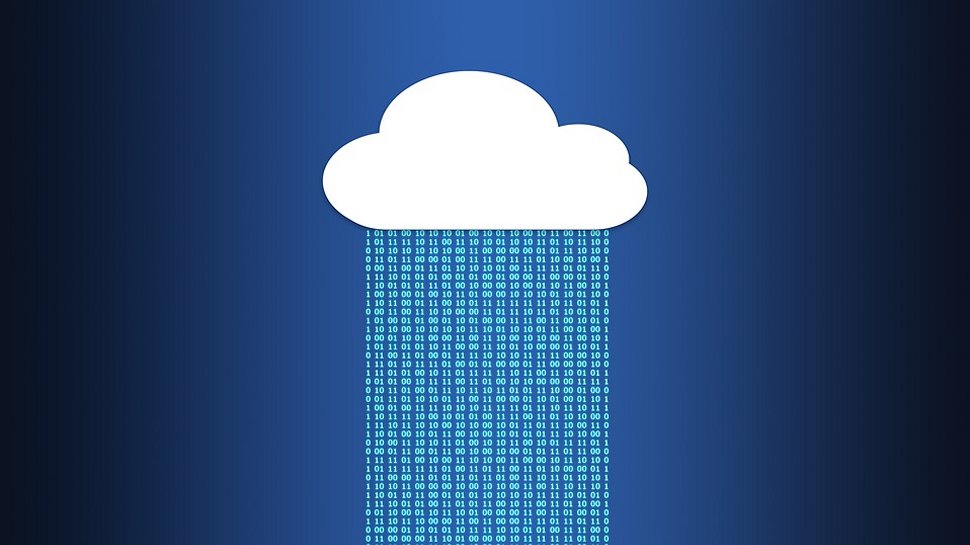

















































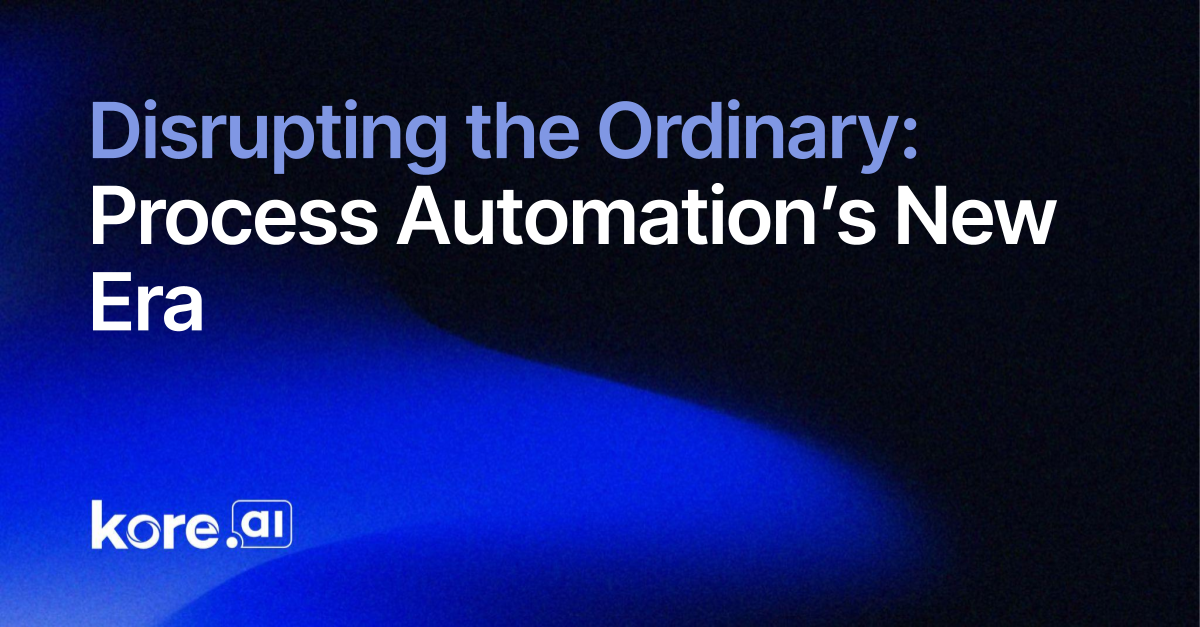







































































































![[The AI Show Episode 144]: ChatGPT’s New Memory, Shopify CEO’s Leaked “AI First” Memo, Google Cloud Next Releases, o3 and o4-mini Coming Soon & Llama 4’s Rocky Launch](https://www.marketingaiinstitute.com/hubfs/ep%20144%20cover.png)


































































































































































































![GrandChase tier list of the best characters available [April 2025]](https://media.pocketgamer.com/artwork/na-33057-1637756796/grandchase-ios-android-3rd-anniversary.jpg?#)












































.png?width=1920&height=1920&fit=bounds&quality=70&format=jpg&auto=webp#)














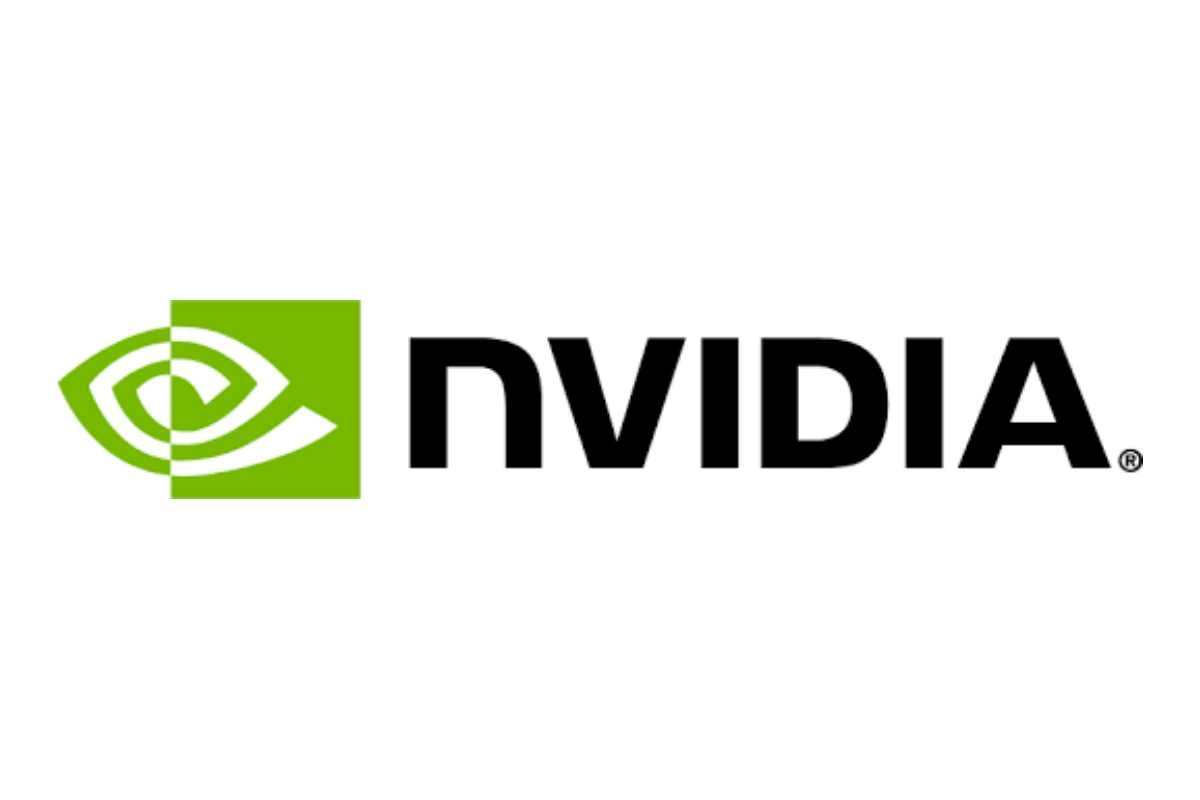
























































































![Global security vulnerability database gets 11 more months of funding [u]](https://photos5.appleinsider.com/gallery/63338-131616-62453-129471-61060-125967-51013-100774-49862-97722-Malware-Image-xl-xl-xl-(1)-xl-xl.jpg)


























![Apple M4 13-inch iPad Pro On Sale for $200 Off [Deal]](https://www.iclarified.com/images/news/97056/97056/97056-640.jpg)
![Apple Shares New 'Mac Does That' Ads for MacBook Pro [Video]](https://www.iclarified.com/images/news/97055/97055/97055-640.jpg)































































































































